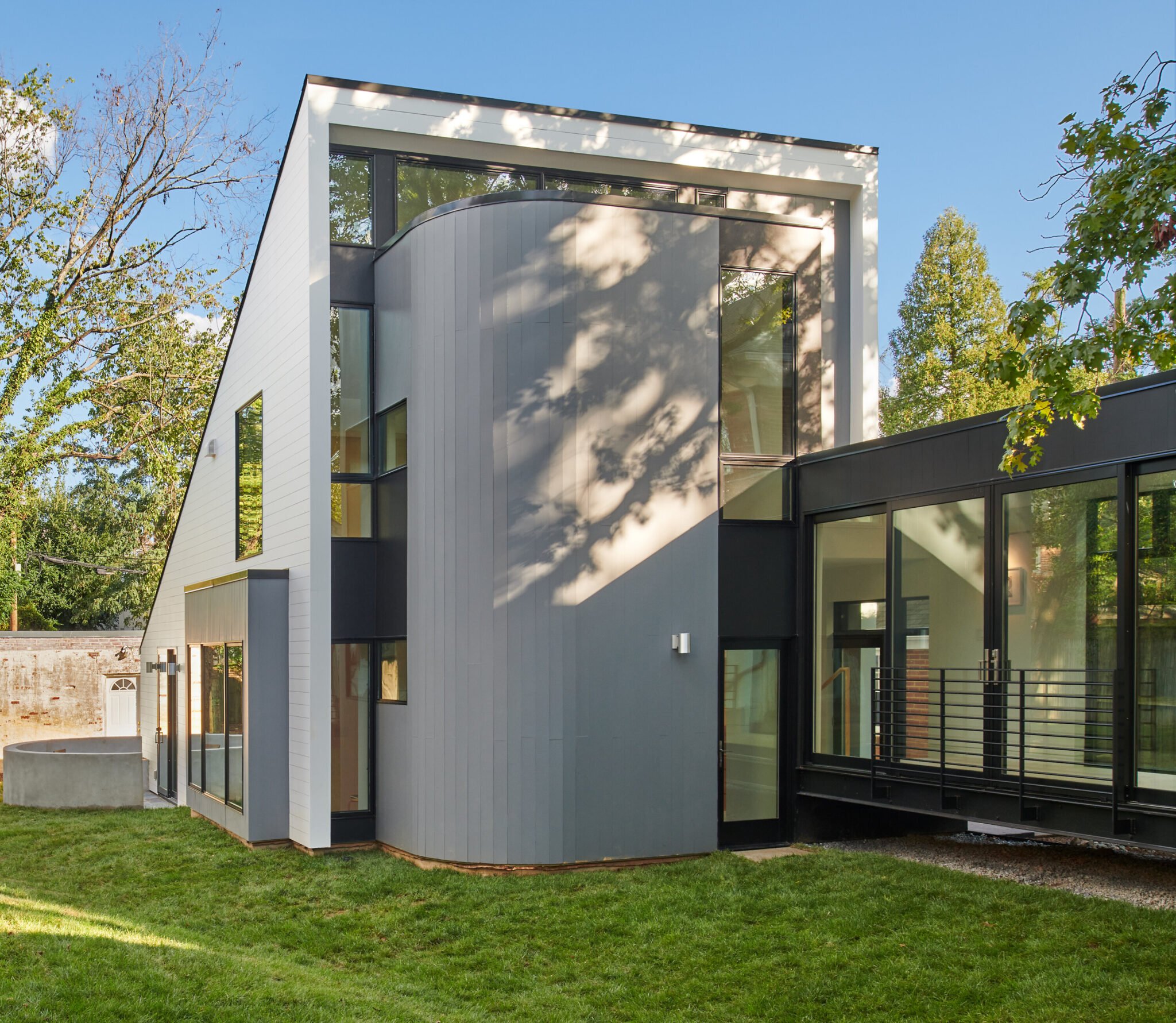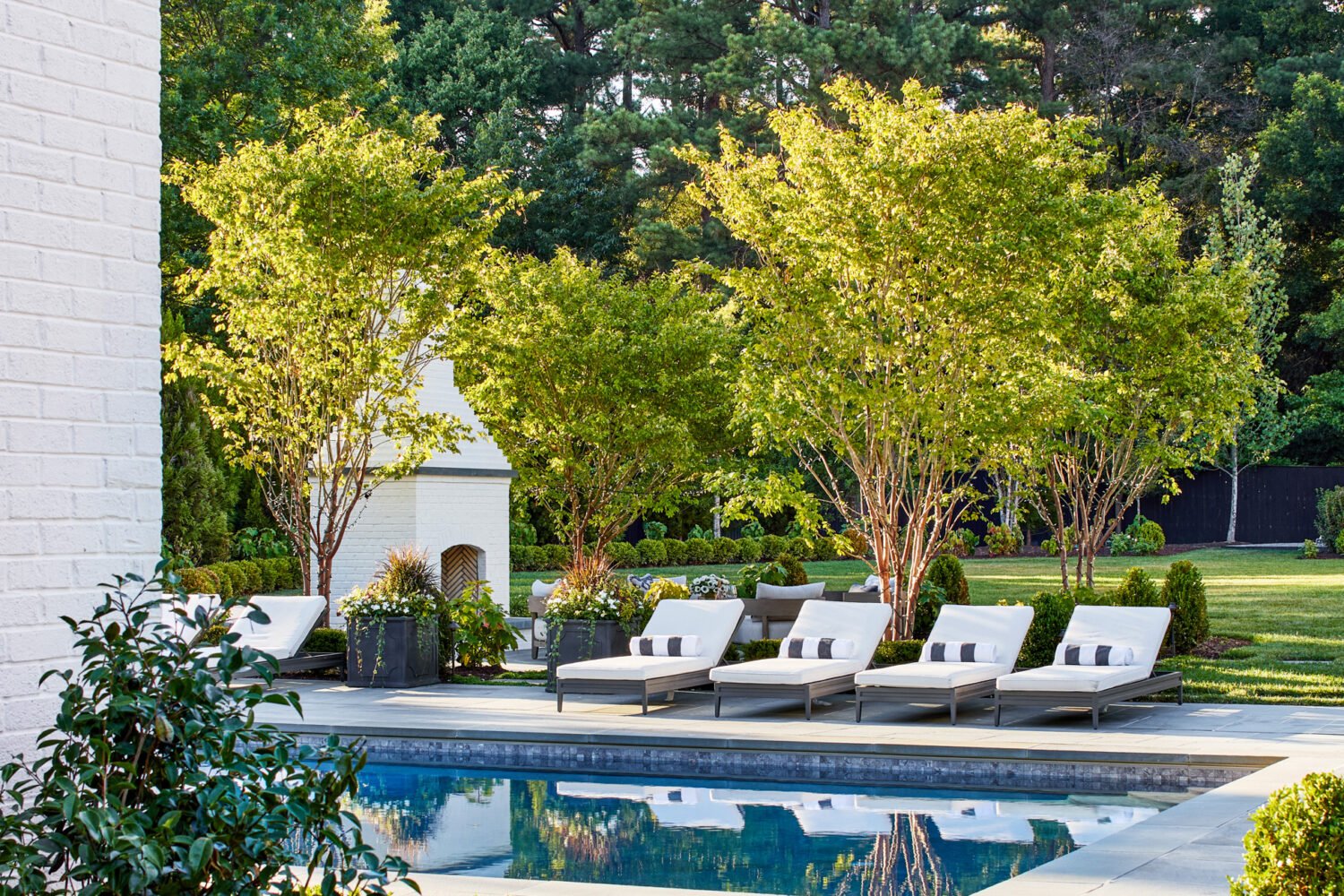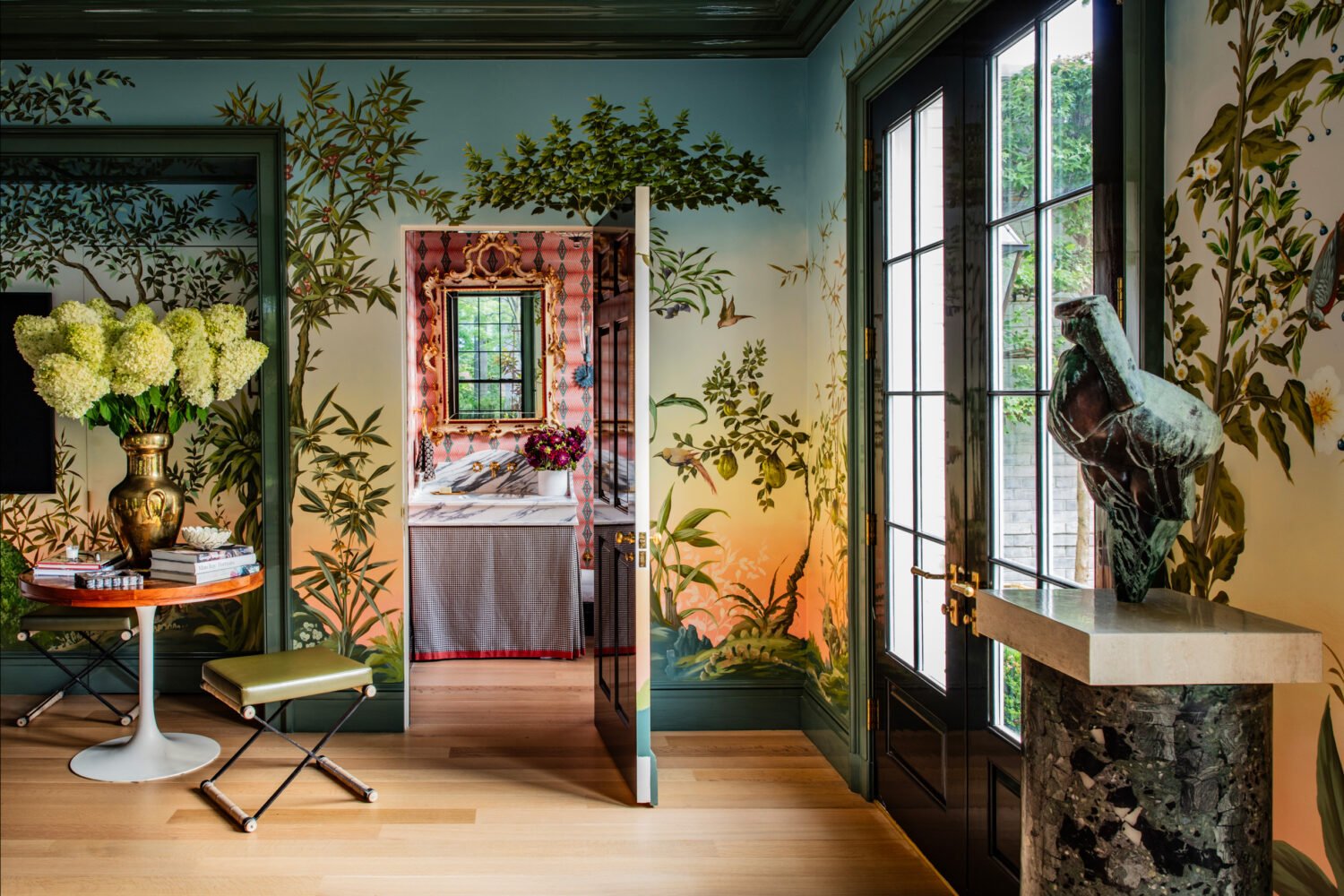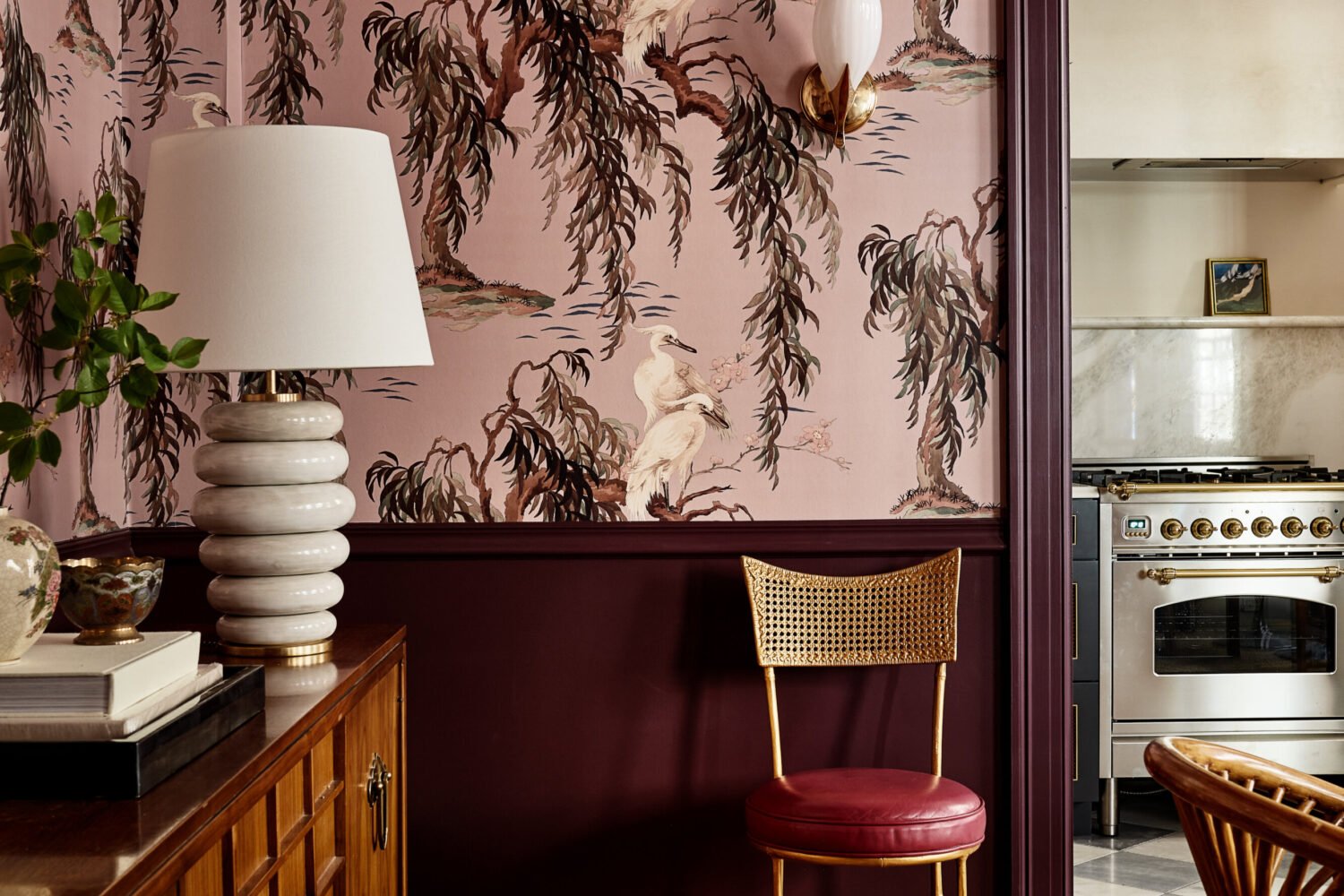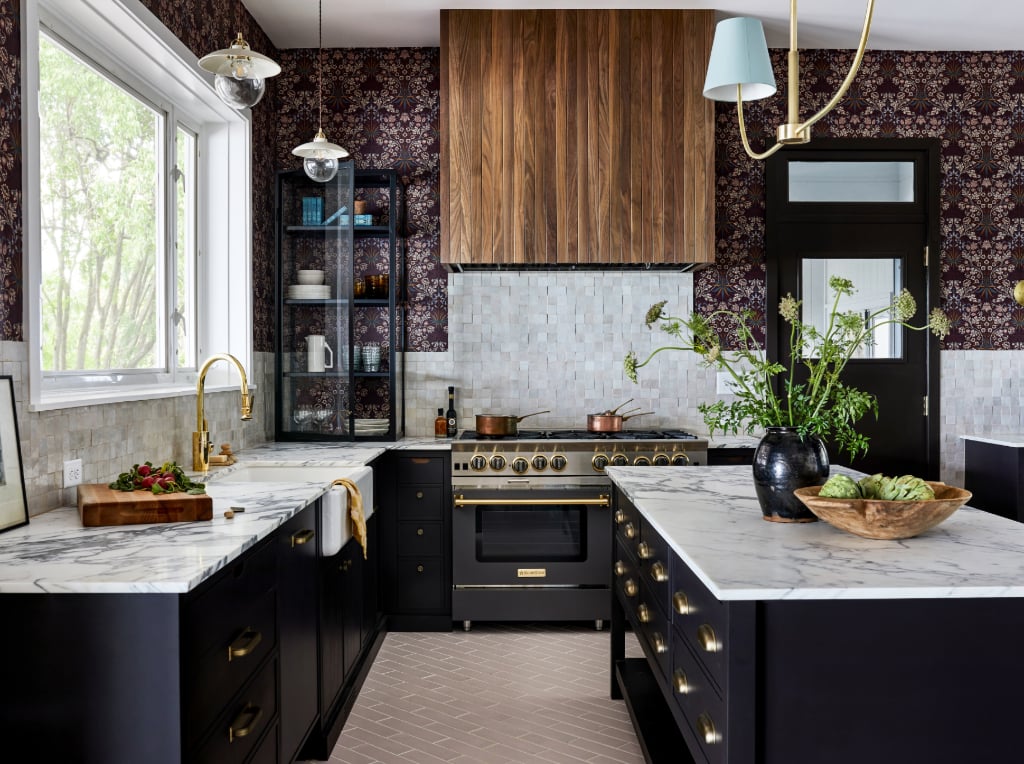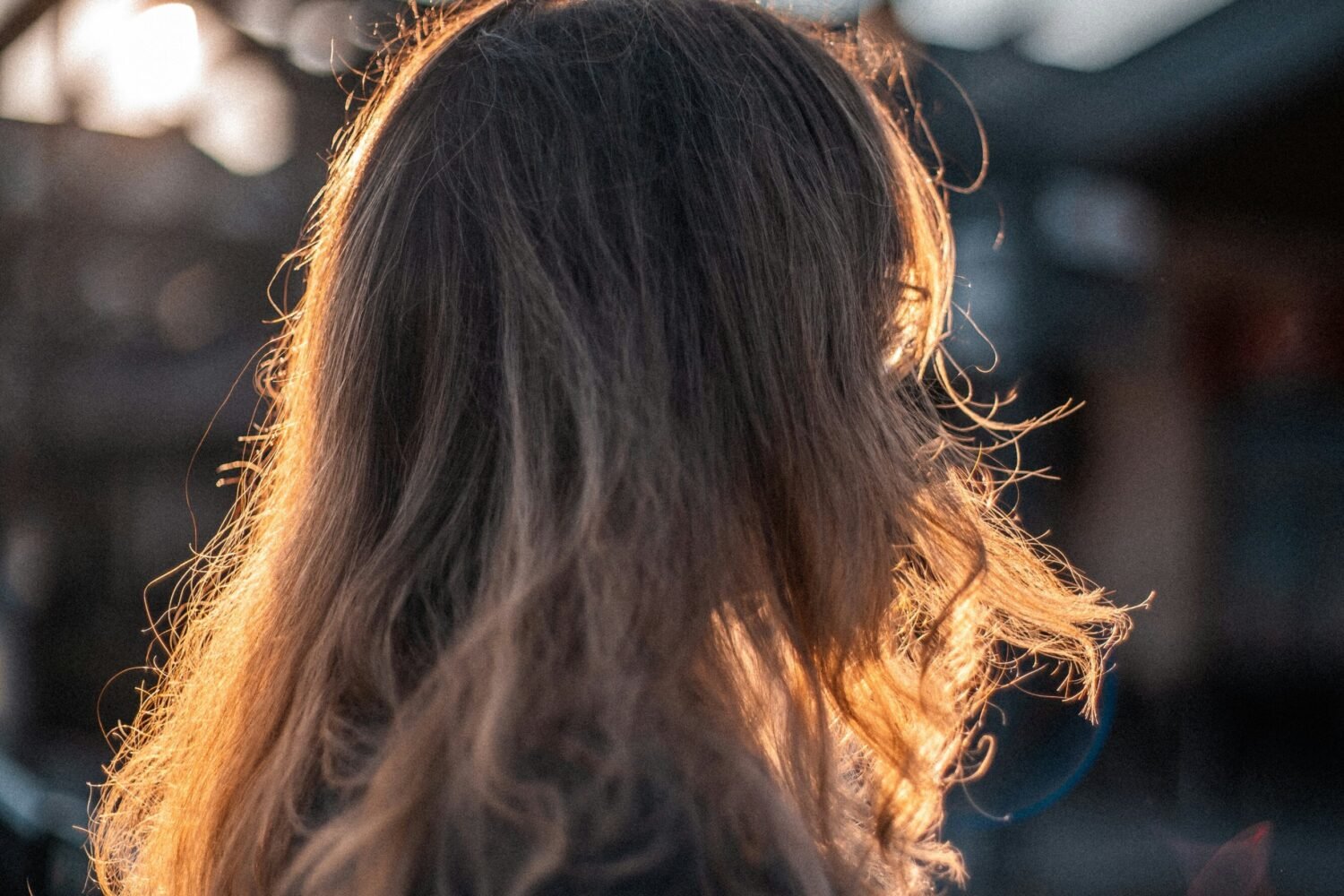Home offices. “She sheds.” Guest suites. ADUs—or accessory dwelling units—have boomed in popularity as recent changes to zoning laws have encouraged homeowners to build them in their backyards. But for some families, the ambition isn’t to design a swank retreat or a rental apartment that can help pay the mortgage. Instead, they’re constructing ADUs for their parents or in-laws—an alternative to retirement communities or senior housing.
Intergenerational living is nothing new. But an ADU—a secondary living space (typically with its own kitchen, bathroom, and entrance) that can be a standalone structure or attached to the existing house—has given homeowners more options when designing an in-law suite, says Mark McInturff of Bethesda’s McInturff Architects. The high cost of real estate in the region has helped fuel the trend, says Cody Stadler of StadlerDesign in Alexandria, whose firm has completed five ADUs—and counting—for parents. In some cases, young families looking for more space but priced out of the market have taken over the home owned by their parents, who have built an ADU in the backyard. Or the parents have downsized from out of state onto their child’s property, where they can help raise the grandchildren and can age in place.
For the homeowners, meanwhile, designing an ADU with accessible features—no stairs, curbless showers—means they can also eventually retire there, no need to relocate. “This is a trend that’s going to stick, especially in this area,” predicts Stadler. “And especially among the millennial and Gen-Z crowd.”
The ABCs of ADUs
Thinking about building an ADU for your parents or in-laws? Here are a few key issues to consider.
Privacy. The first and most important question is: How much privacy and separation will you need from each other? Will the ADU be attached to the house or a freestanding unit? An attached structure makes it easier for a family to gather on a snowy night but can also mean living with Grandma or Grandpa underfoot. “Some families will say they don’t mind being together all the time,” says Stadler. “But in reality you get the vibes and it’s like, ‘Okay, they need some separation.’ Getting to know the family dynamics really helps shape the space.”
Zoning. What are the regulations in your neighborhood? Most area counties and DC have different regulations governing the height, setback, and size of ADUs (typically a percentage of the square-footage of the main house or lot). “There’s always a pretty lengthy zoning conversation to be had because the rules and regulations keep changing,” says Stadler of the projects he’s done. “A lot of the code officials don’t even know fully what the zoning ordinances are.”
Accessibility and flexibility. One danger is designing the ADU for current needs instead of future ones. What if your in-laws eventually need extra help or a live-in caretaker? What if a tenant someday takes over the space? Following Americans With Disabilities Act standards for accessible design—no-step entries, roll-in showers, wheelchair-accessible pathways—will ensure that parents can age in place. And designing a private entry and creating a zone of separation from the main house can make it tenant-friendly. “When the parent passes away, the structure can have another life,” says McInturff. “It could be rented out or used as a home office.”
“Some families will say they don’t mind being together all the time. But in reality you get the vibes and it’s like, ‘Okay, they need some separation.’ Getting to know the family dynamics really helps shape the space.”
A Graceful Connection
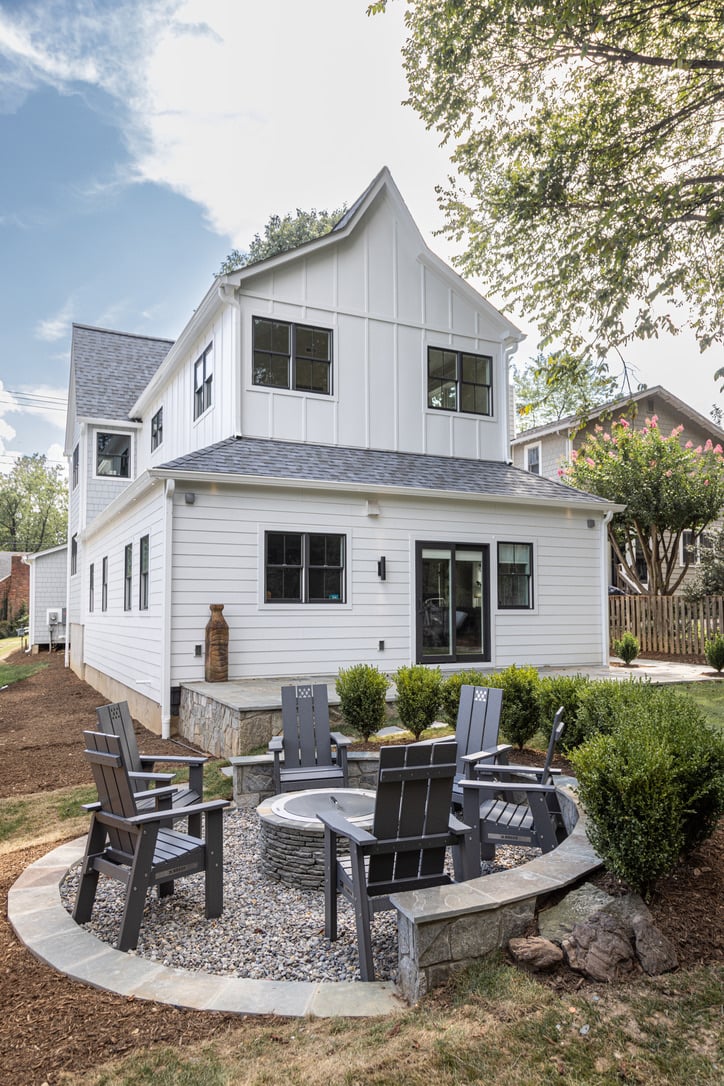
When Judd Ullom’s parents wanted to downsize from their New Jersey home, the answer was an 850-square-foot ADU attached to the Del Ray house Judd shares with his wife and kids. The parents can help with the grandchildren and walk into Old Town Alexandria to run errands. The Ulloms, meanwhile, now have a unit where they can one day age in place. They hired Cody Stadler, who situated the addition so the parents have easy access to the house’s main dining room and kitchen—the entire family eats dinner together every night. “The connection between the two spaces is always an important design consideration, because you want them to be closed off from each other but not feel like the ADU is in a dungeon,” says Stadler of designing an attached unit. “It has to be graceful.”
Putting Down Roots

When Taiya Smith’s aging father and his wife began needing extra help, building an ADU in the backyard of her family’s Crestwood home was a logical solution. Her father, a retired engineer, could spend time with her three children, helping them design their science projects. And his wife, who had entered the early stages of dementia, could age in place in a space with accessible features. Designed by McInturff Architects, the ADU is connected to the main house via an art-lined passageway that floats over the roots of a mature oak tree. Downstairs, the unit measures 712 square feet but—with its open floor plan, ample windows, and high bedroom ceilings—appears larger. An upstairs apartment has a separate entrance and can one day accommodate a live-in caretaker; for now it doubles as an office and guest suite. “It’s an architectural problem,” Mark McInturff says of designing an ADU. “The quality of the building needs to be the quality of the house at least.”
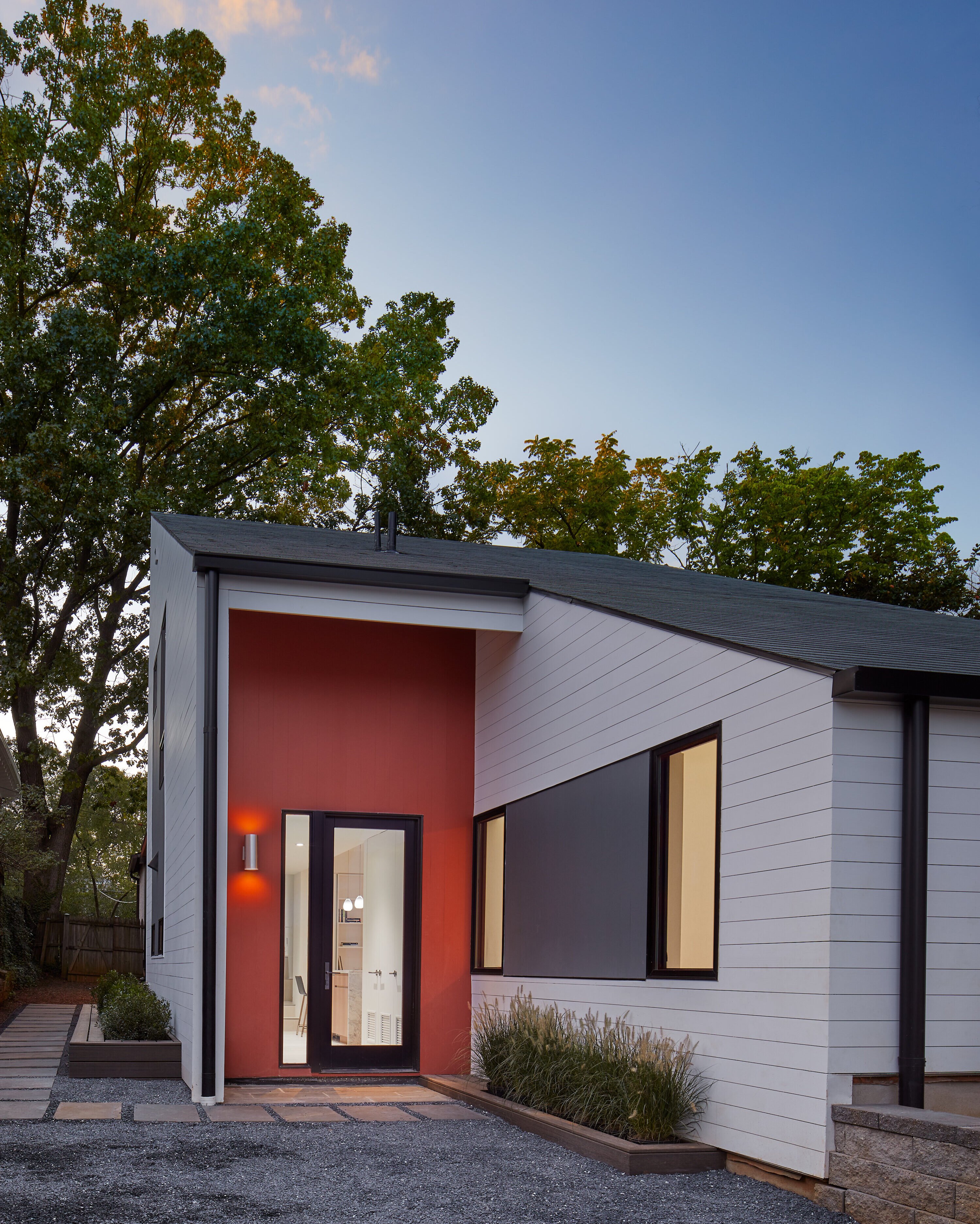
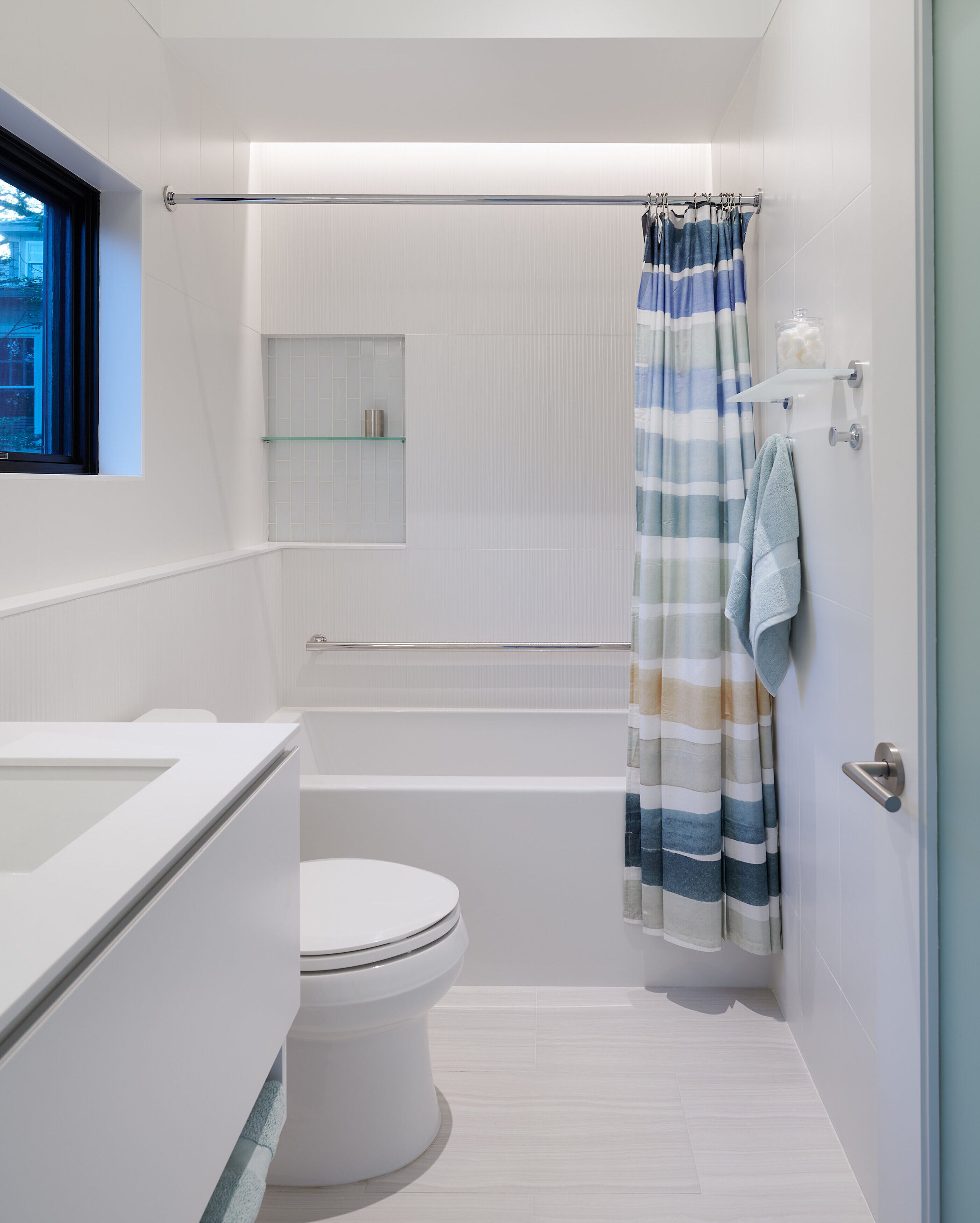

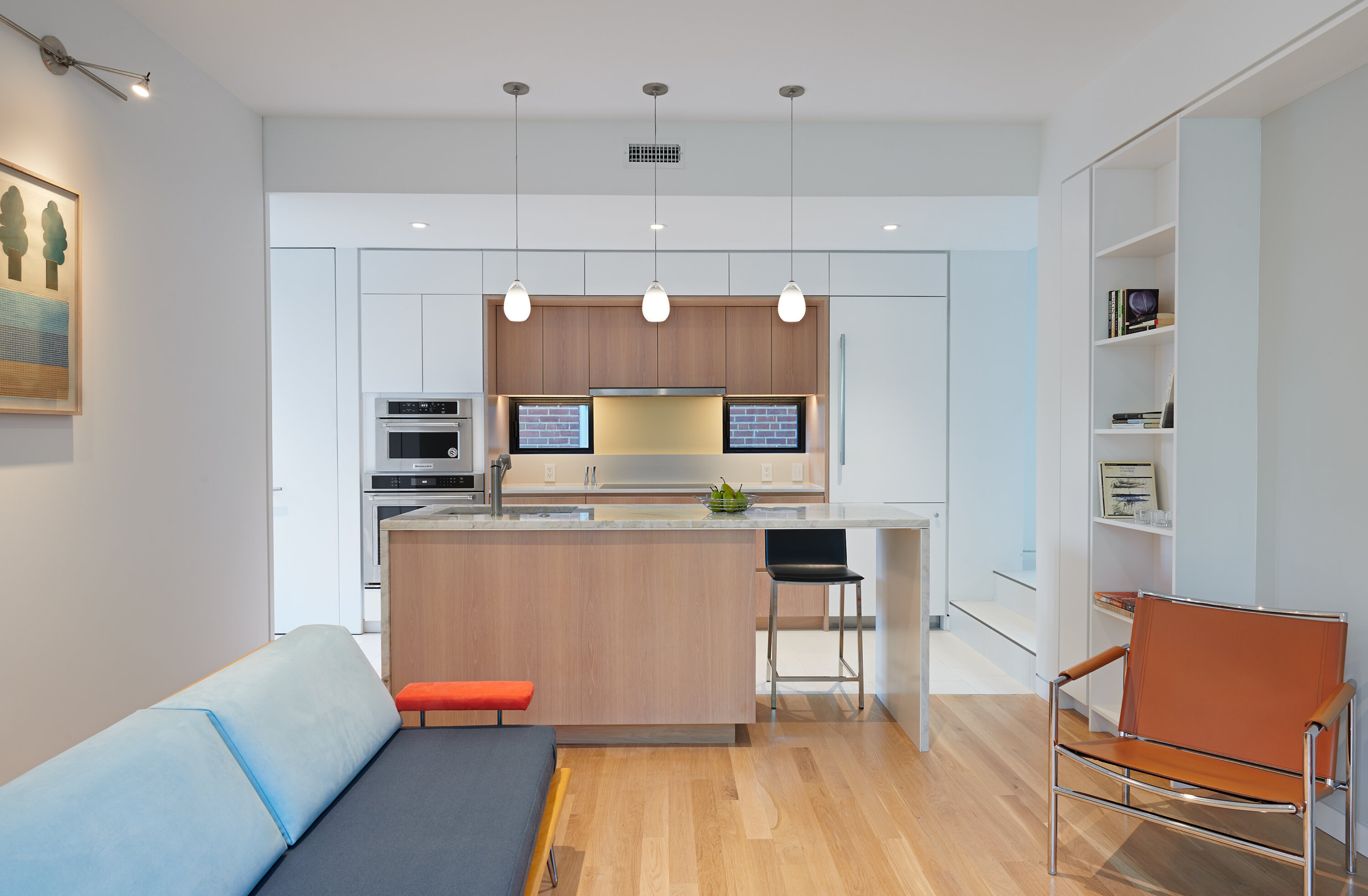
Double-Duty ADU
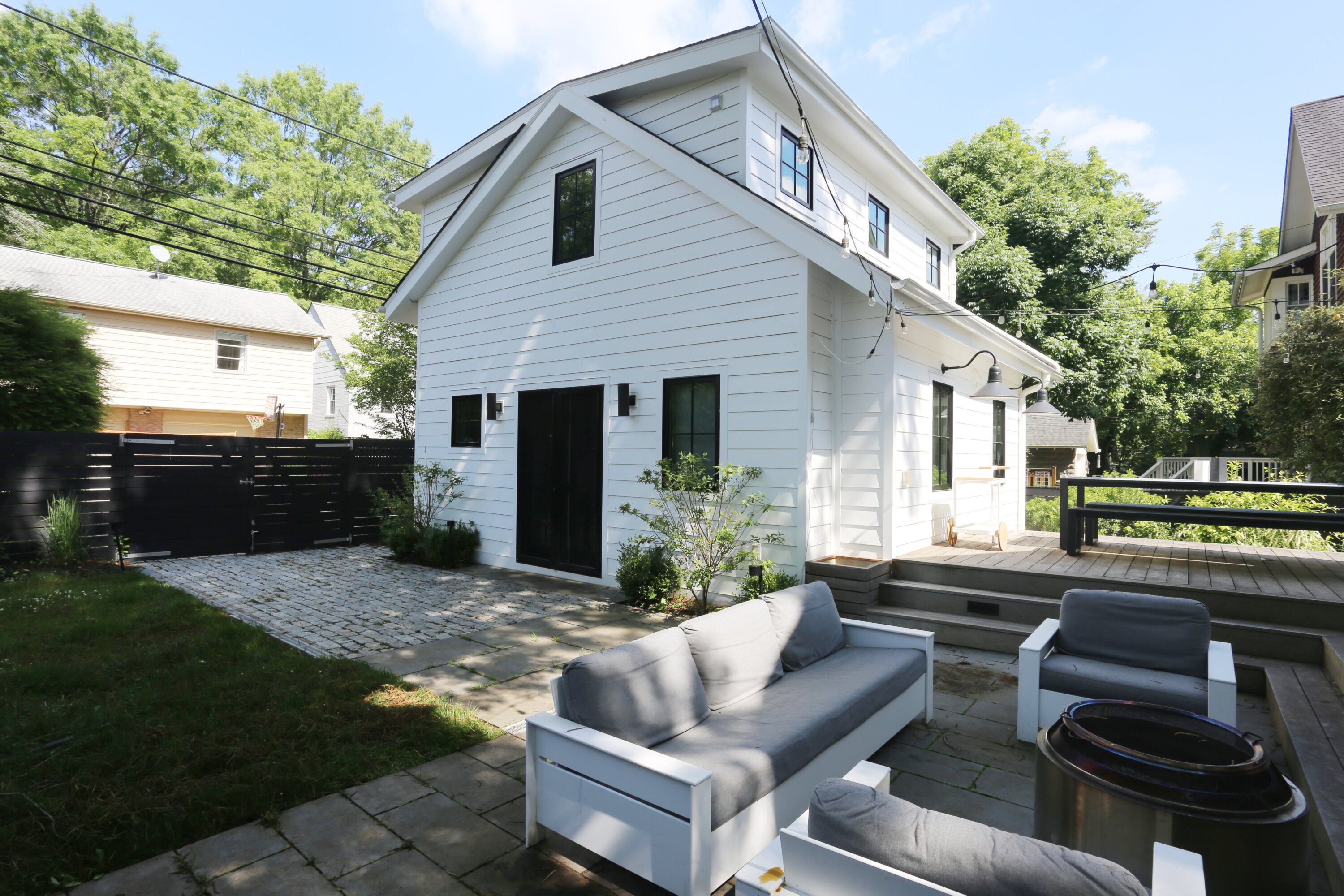
M. Jennifer Harty of DC’s HxH Architects designed a standalone ADU for a set of grandparents who had moved to a retirement home in South Carolina but wanted to spend a quarter of the year with their son and his family in DC’s Palisades neighborhood. Harty designed the ADU on the site of an old garage, linking the two-story structure to the main house via a large communal deck, where the family can gather. The ADU doubles as a rental when the grandparents are away.
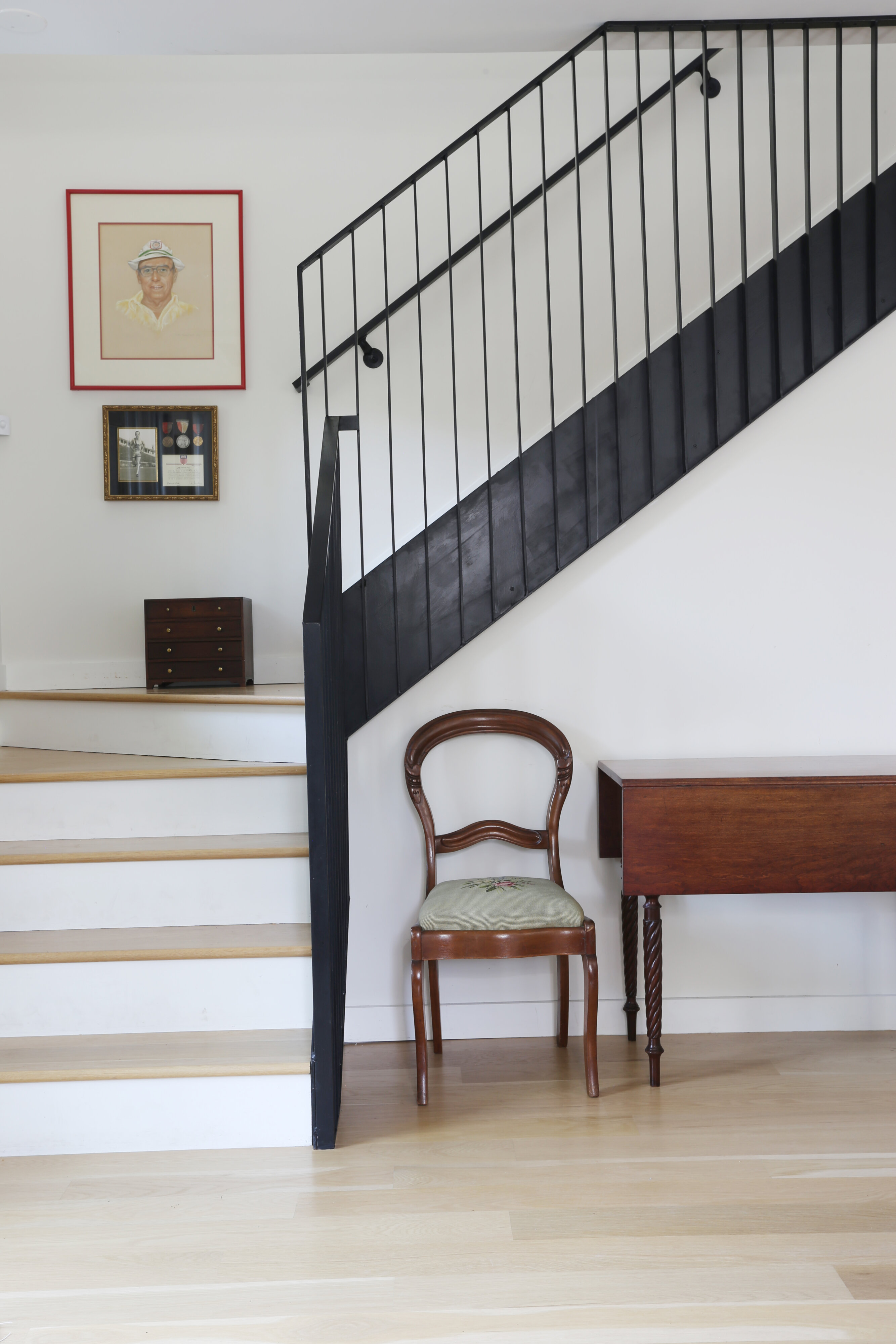

This article appears in the September 2024 issue of Washingtonian.

